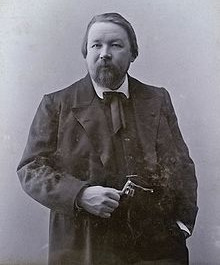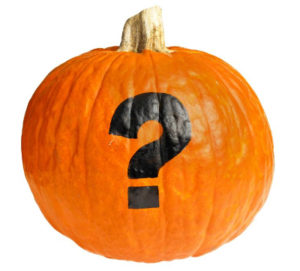
Ruth Crawford Seeger was one of a group of American composers known as “ultramoderns” who wrote works during the 1920s and 1930s. Her distinctive style was once referred to as “post-tonal pluralism”, marked by dissonance and irregular rhythms. Perhaps this is part of the reason why she is not a household name in classical music. Most of her works are jarringly different from what we typically think of as “classical” or “orchestral” and lean more toward the “academic” and “eclectic”. While she certainly saw success early on, becoming the first woman to receive the Guggenheim Fellowship, the Depression inspired a trend of accessibility and her music started to miss audience expectations. In fact, after a concert in 1938, she was called out by an audience member who asked, “Won’t you please write some music that a greater number of people can listen to: this seems like music for the very few.”
Her answer came a few years later with Rissolty, Rossolty.
By the end of the 1930s, Crawford Seeger had chosen a new path that helped link the Seeger name with folk music: transcribing field recordings and arranging folk music for piano. Rissolty, Rossolty was one such transcription. It was commissioned by CBS for Alan Lomax’s folk music radio program that featured orchestral arrangements of folk tunes. Instead of composing a work with the melodies as simple, audible themes, Crawford Seeger instead combined elements from the original tune’s melodies into a sophisticated polyphony. The piece opens with a playful figure, has a solo flute in the middle section with string pizzicato as counterpart, a fiddle theme after that, and then it ends with all of the various tunes mixed up. However, it doesn’t really “end”. Instead, a fragment of the opening playful figure appears again and then abruptly stops – which almost seems out of place until you understand the reason behind it. Crawford Seeger intended this to represent the way folk musicians did not formalize endings, but rather paused in readiness to begin anew. The fragment adds a sense of “keeping-goingness” to use her term.
Sadly, Rissolty, Rossolty was performed only a few times during Crawford Seeger’s lifetime. The New Orleans Symphony performed it in 1950 and the National Symphony Orchestra in Washington DC performed it in 1953. That shouldn’t take away from the fact that the whole work is a delight and a complete departure from her earlier compositions. Rissolty, Rossolty truly stands out as an anomaly in Ruth Crawford Seegers’s career, but a wonderful anomaly indeed.




